
Yanyan Wang completed a practicum project with Professor Mahabat Baimyrzaeva in her fall semester. She was consultant to two local NGOs: Monterey Museum of Art and Patron of Encinitas Park (PEP). In this article, she describes her experience and outlines what she found most beneficial from her EPL.
This EPL experience with Professor Mahabat Baimyrzaeva is to provide consulting service to two NGOs. One organization I am working with is the Monterey Museum of Art. Monterey Museum of Art is a local NGO that focuses on the region’s visual arts and demonstrates California’s vibrant and diverse spirit by connecting art and community. Together with another MIIS student consultant, I work on a group consulting project on marketing strategy for the Monterey Museum of Art. The other NGO I work with is Patron of Encinitas Park (PEP). Patron of Encinitas Park is a grassroots organization formed by local business owners and residents to support Encinitas residents and their interests in enhancing city’s parks, beaches, trails, and open spaces. Similarly, I work on a group fundraising consulting project for Patron of Encinitas Park, and I was also invited to be the grant adviser of the PEP board.
It has furthered my understanding of the knowledge we learnt in class and take it to a higher level, which enables me to better apply in my future career.
My practicum project of providing consulting services to the two NGOs is a very good practical training opportunity for me that has contributed to my education at MIIS and benefited me considerably. I have three main reasons that this opportunity has benefited me.
First, this immersive learning opportunity has enabled me to demonstrate, integrate, apply, deepen, and reflect on core competencies of my degree. It has provided me with a very good opportunity to apply what I learnt in my International Policy and Development program at MIIS to practice. It has furthered my understanding of the knowledge we learnt in class and take it to a higher level, which enables me to better apply in my future career.
Second, during my consulting service to the two NGOs , I have got the chance to partner with the other student consultants from MIIS to complete meaningful research that directly influences methodologies on marketing and fundraising of the two organizations.
Third, I have received tremendous help from my professor Mahabat Baimyrzaeva during the whole consulting project. It has improved my understanding and skills, and it is very helpful to my future career. Moreover, as a Stillwell Scholar at MIIS, I am planning to help with marketing and fundraising to increase the influence of Stillwell Scholarship and carry on the aim of the scholarship in building the relationship between China and US and between the people of the two countries. At the same time, I also want to do some work for MIIS in the future if possible. What I have learnt and practiced during this immersive learning opportunity with the Monterey Museum of Art and Patron of Encinitas Park has got me closer to these goals.
Anyway, this EPL experience is a great experience that has deepened my professional experience in consulting and has contributed to my education immensely.
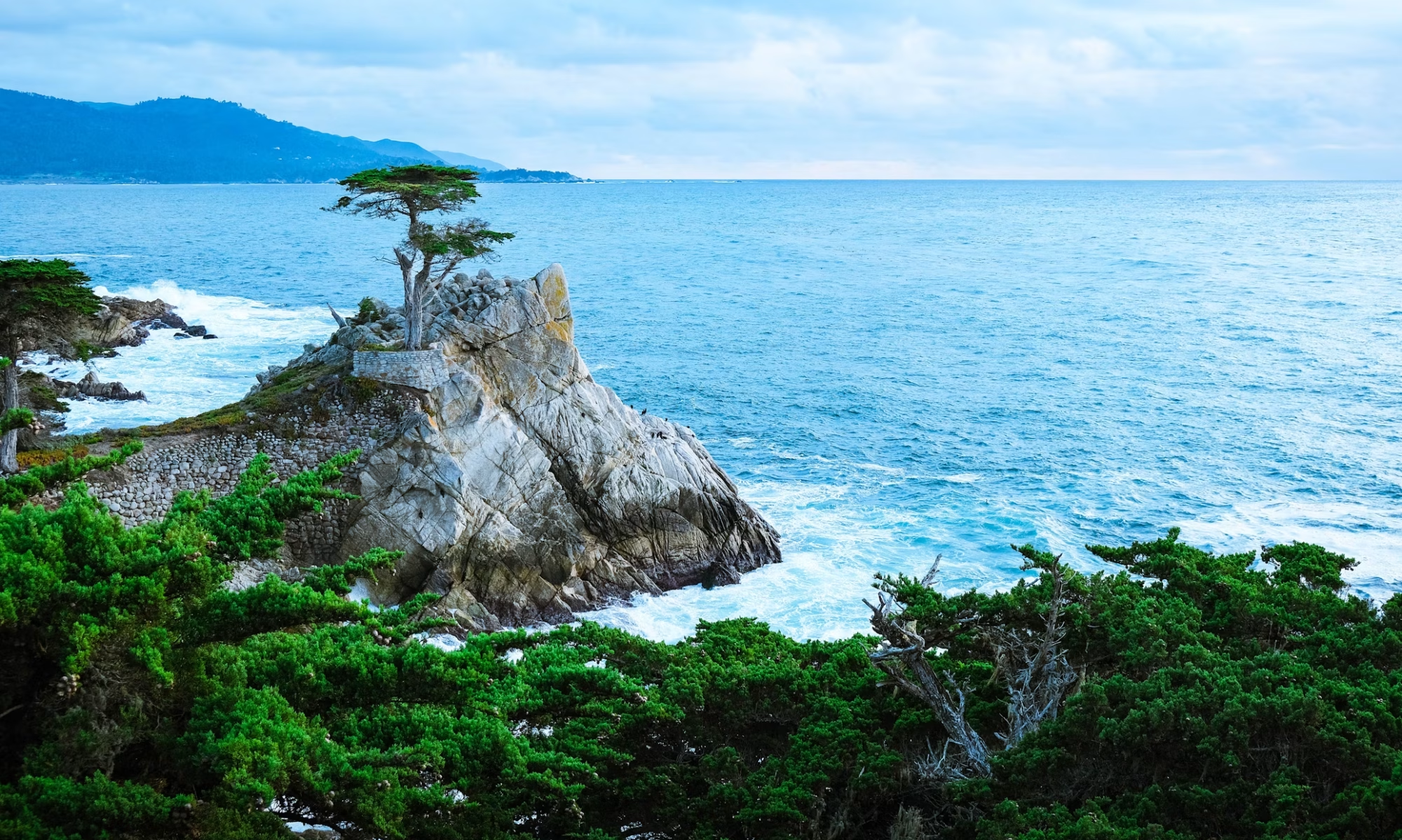
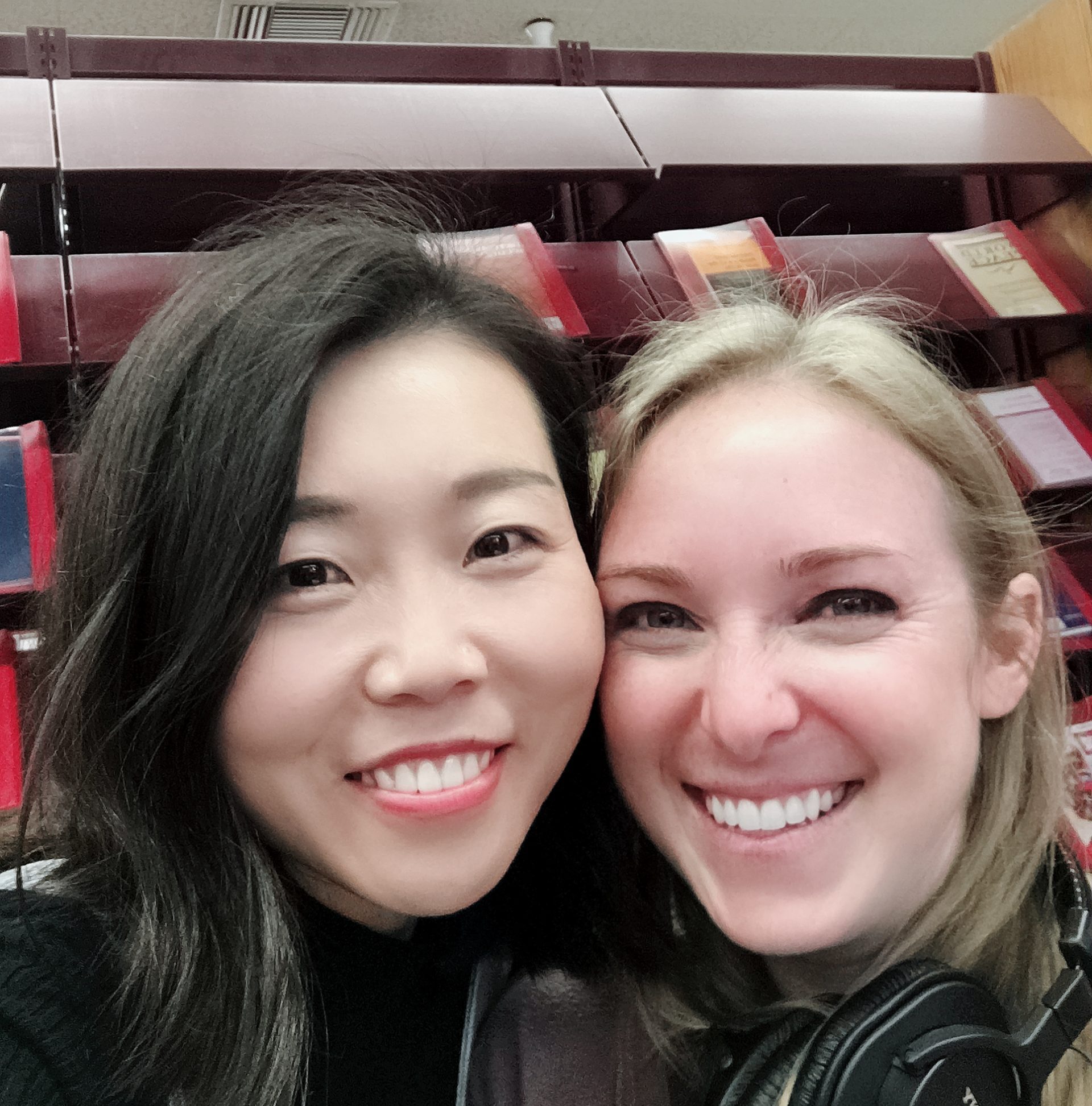
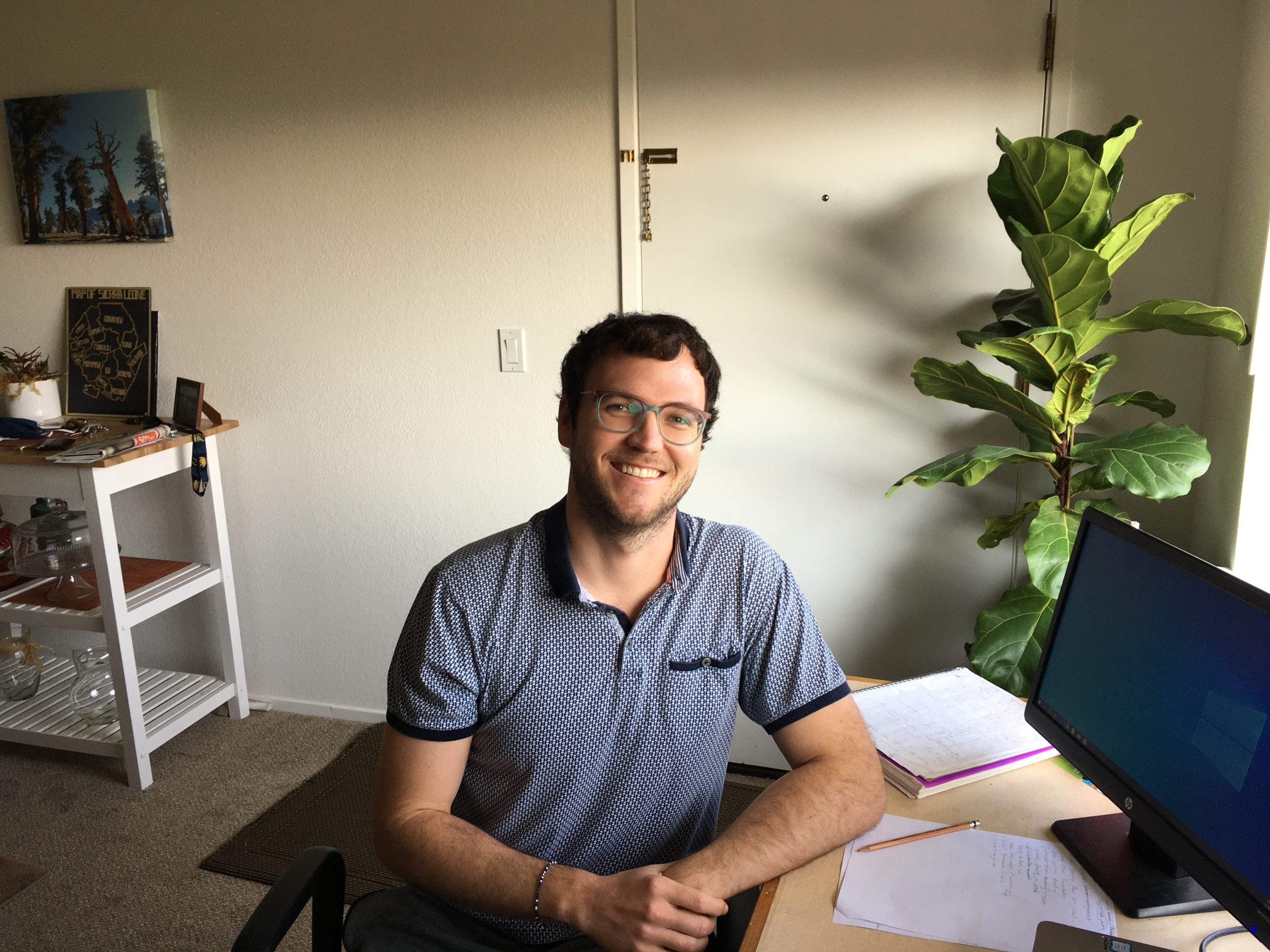
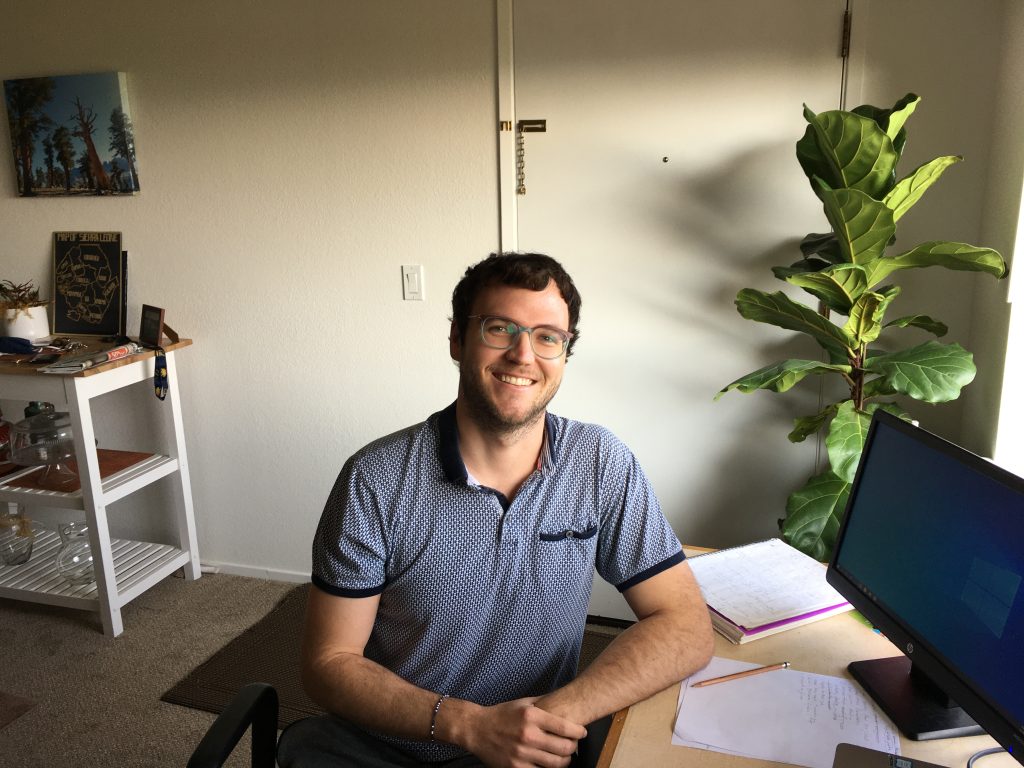
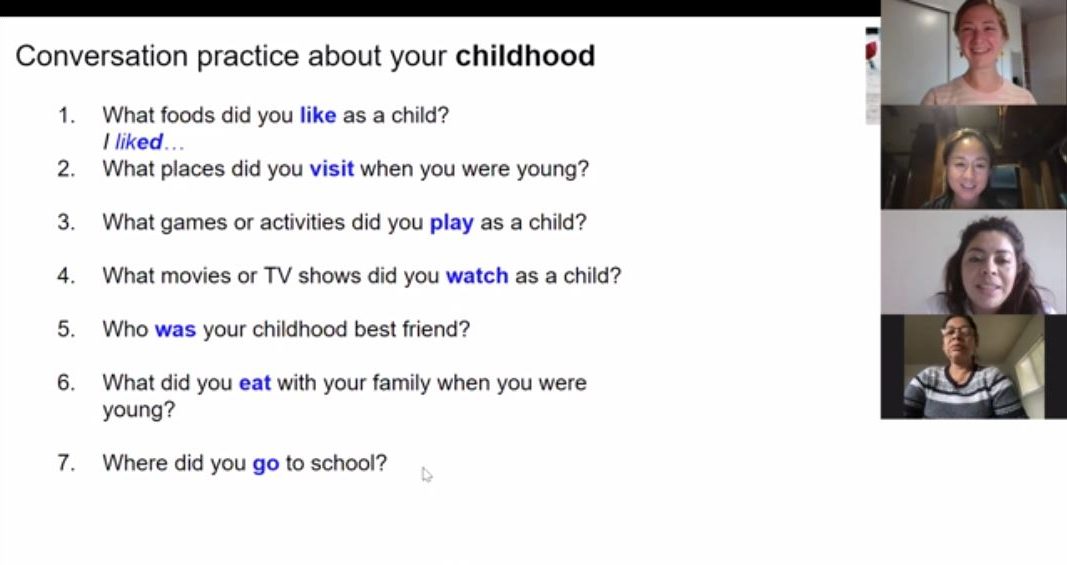
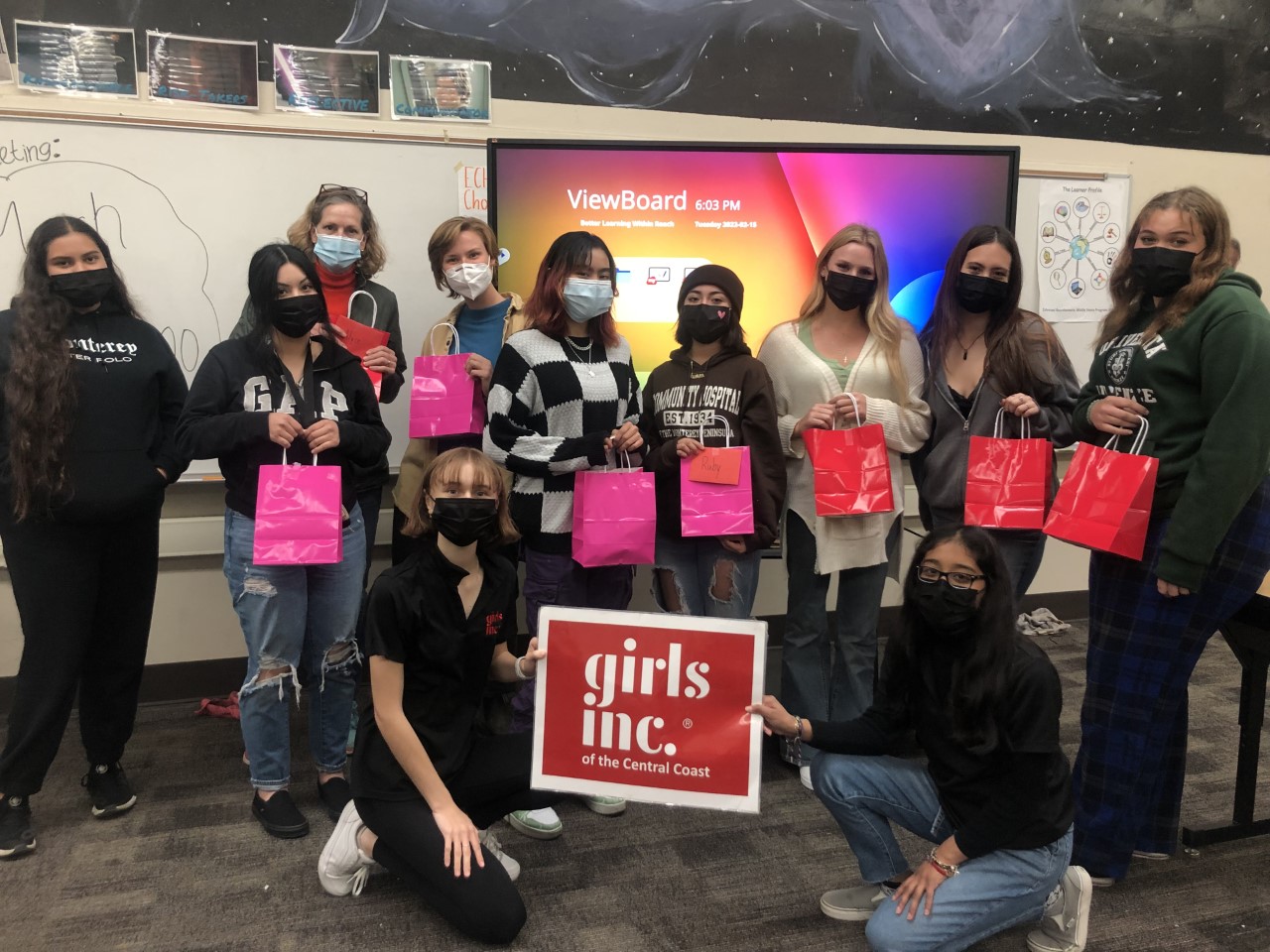
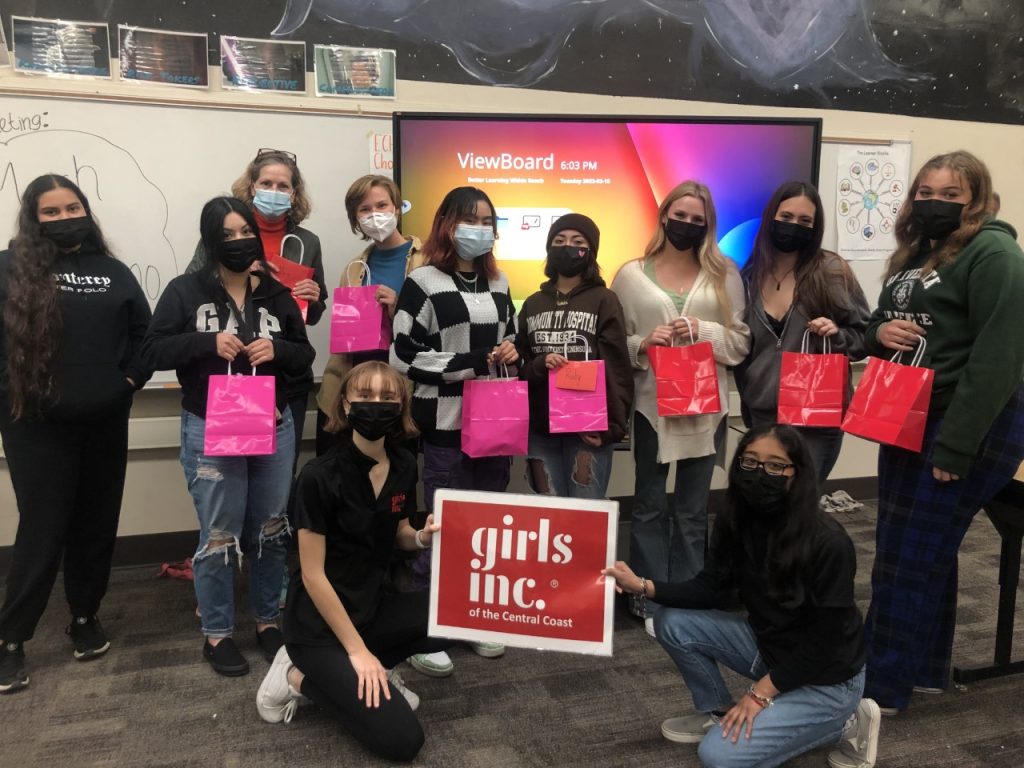
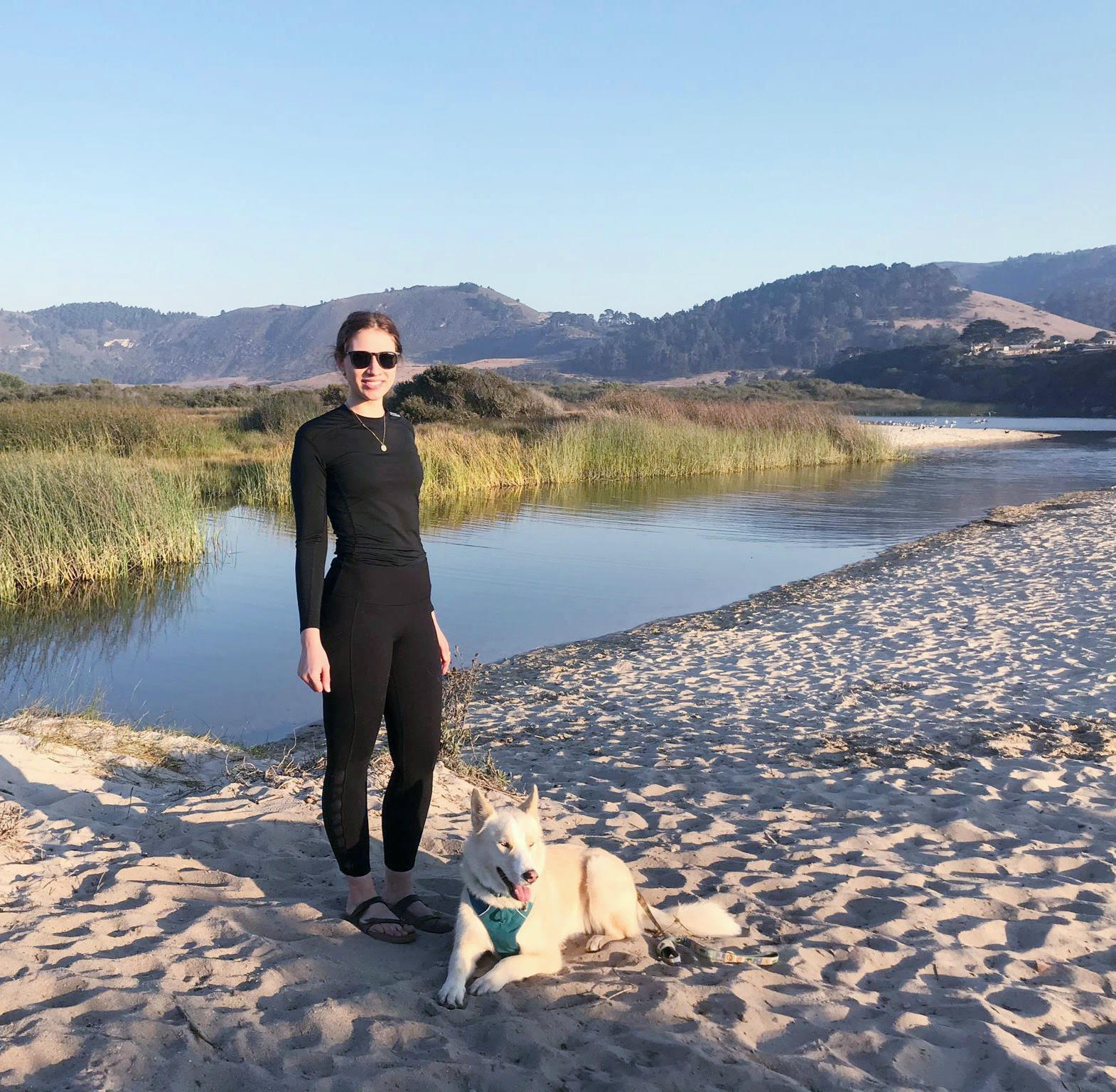
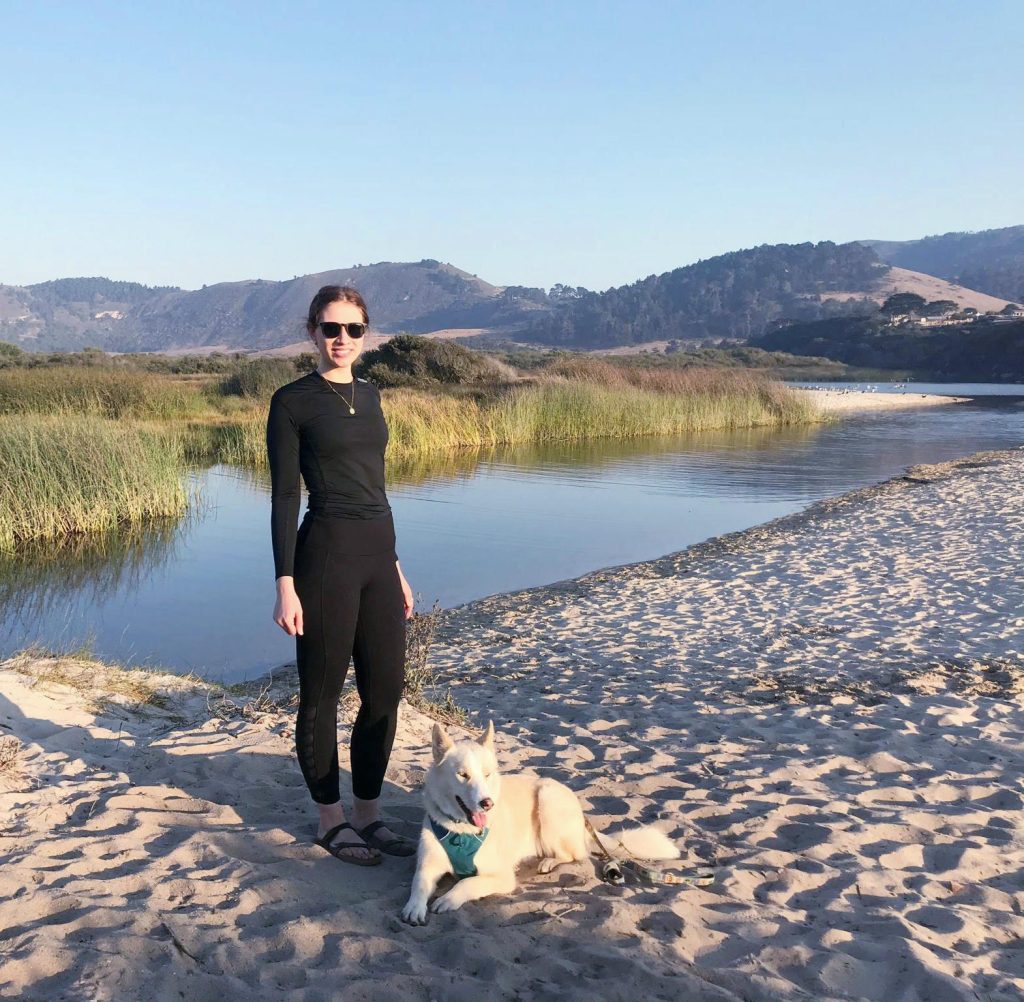



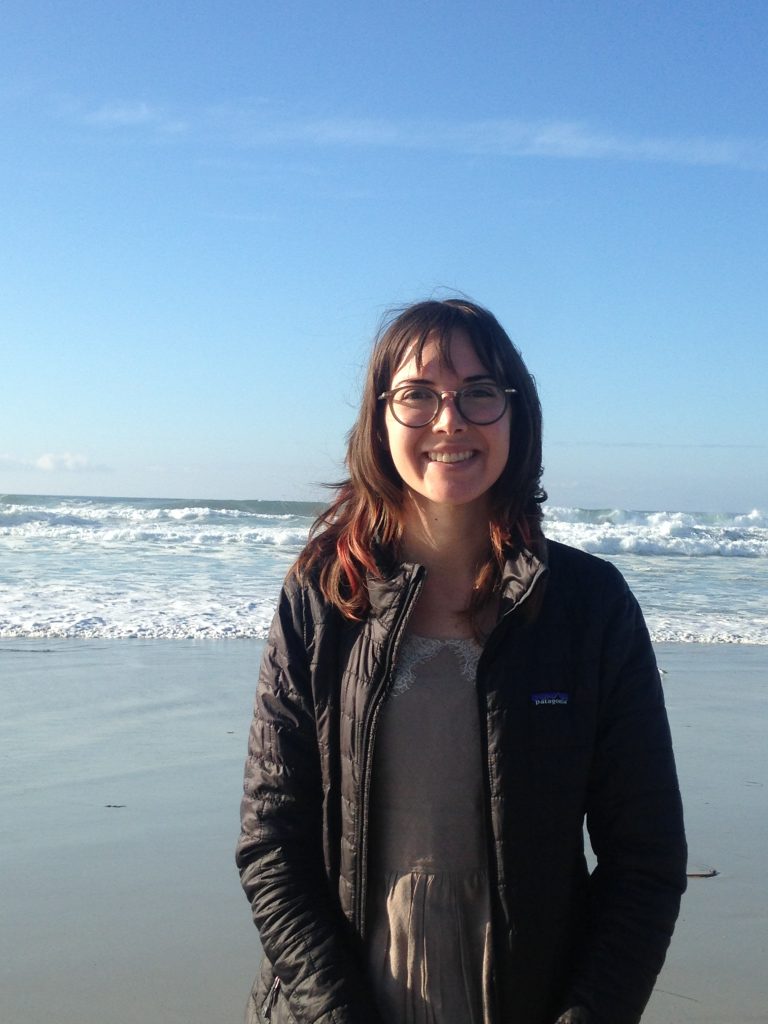
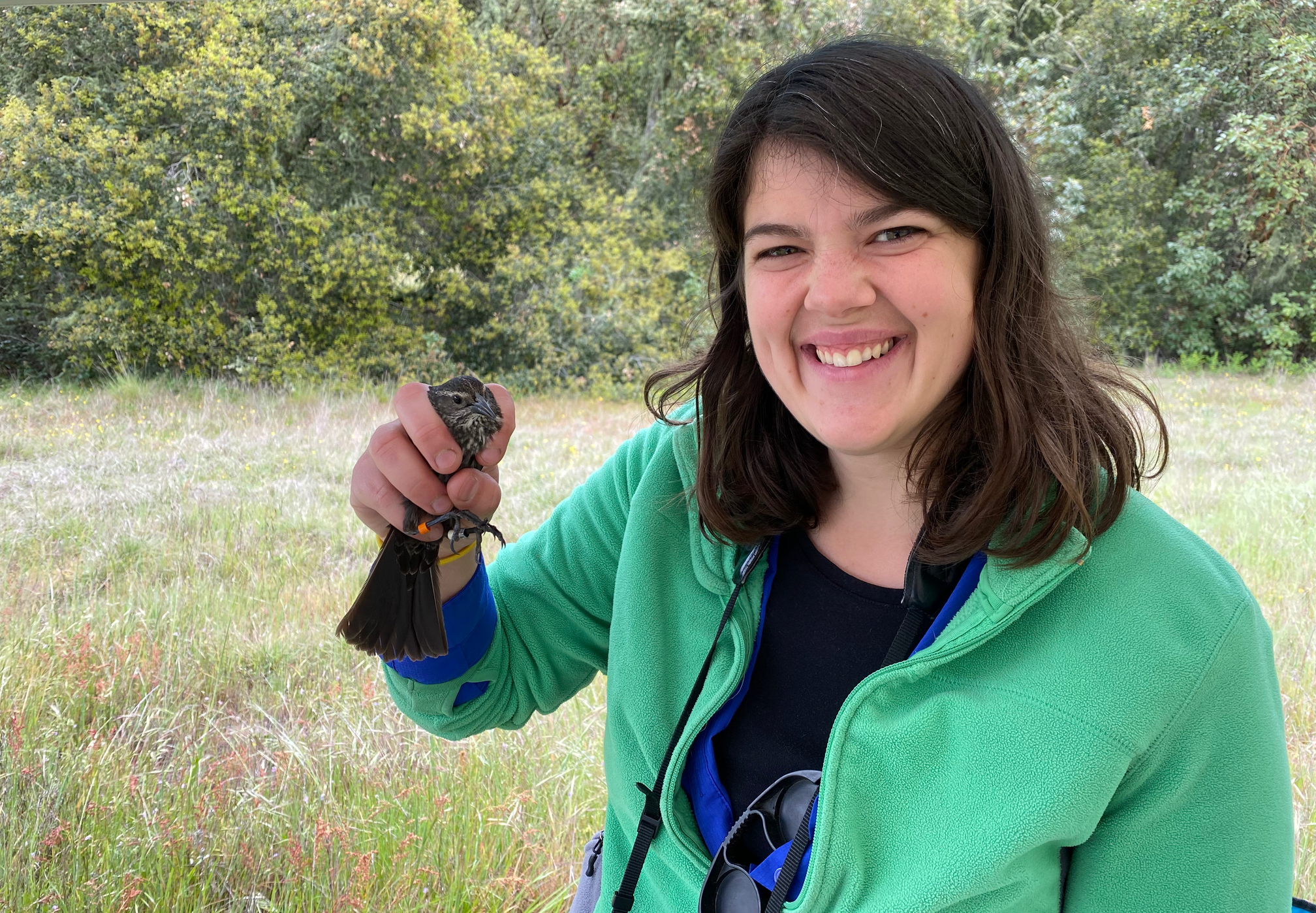
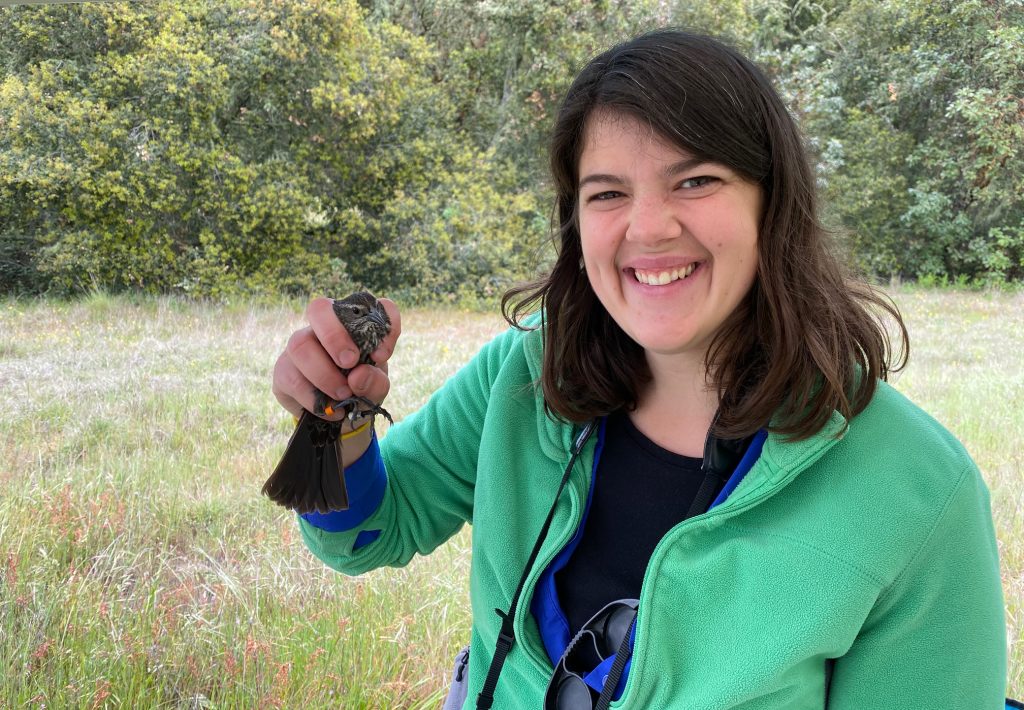


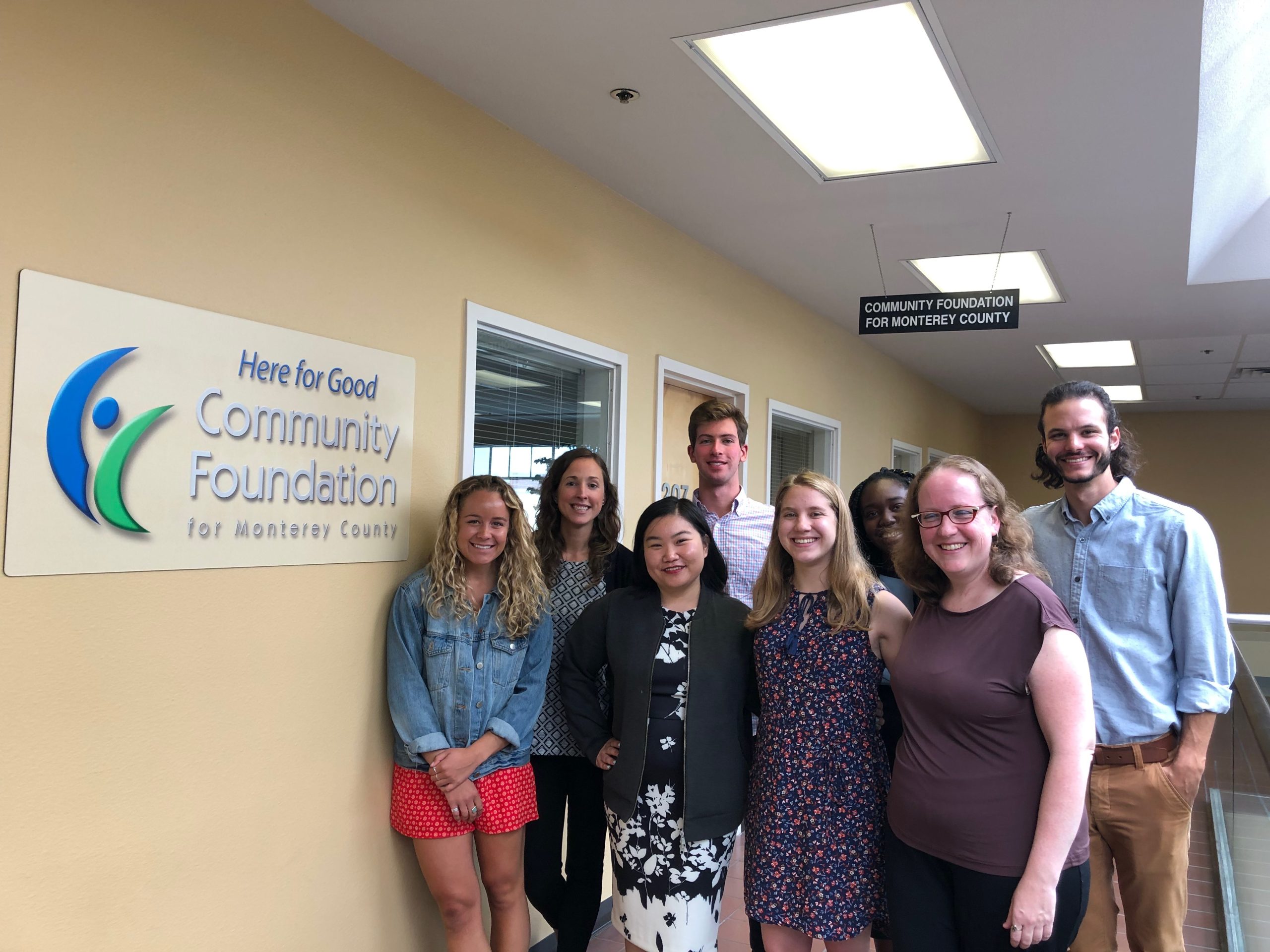


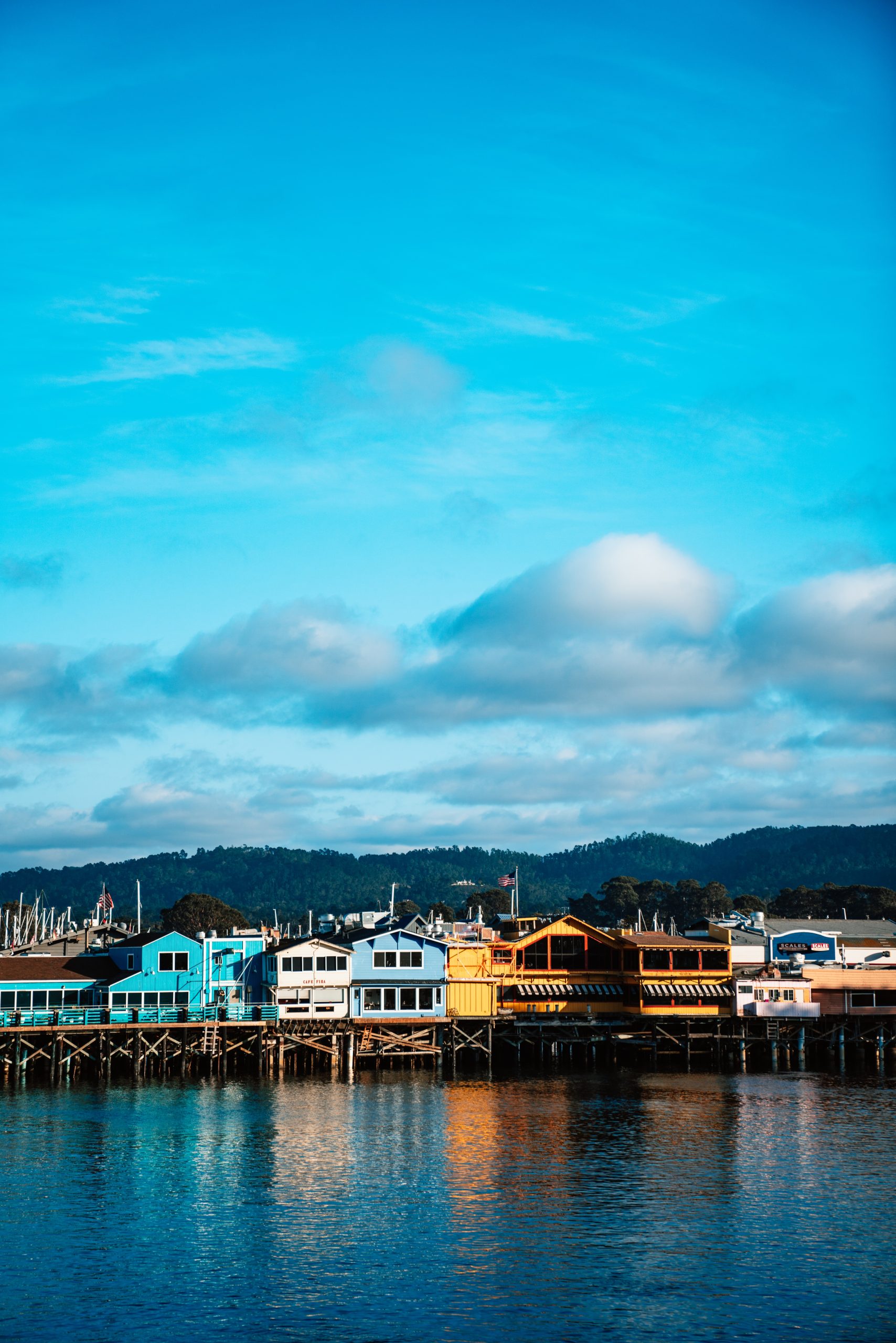
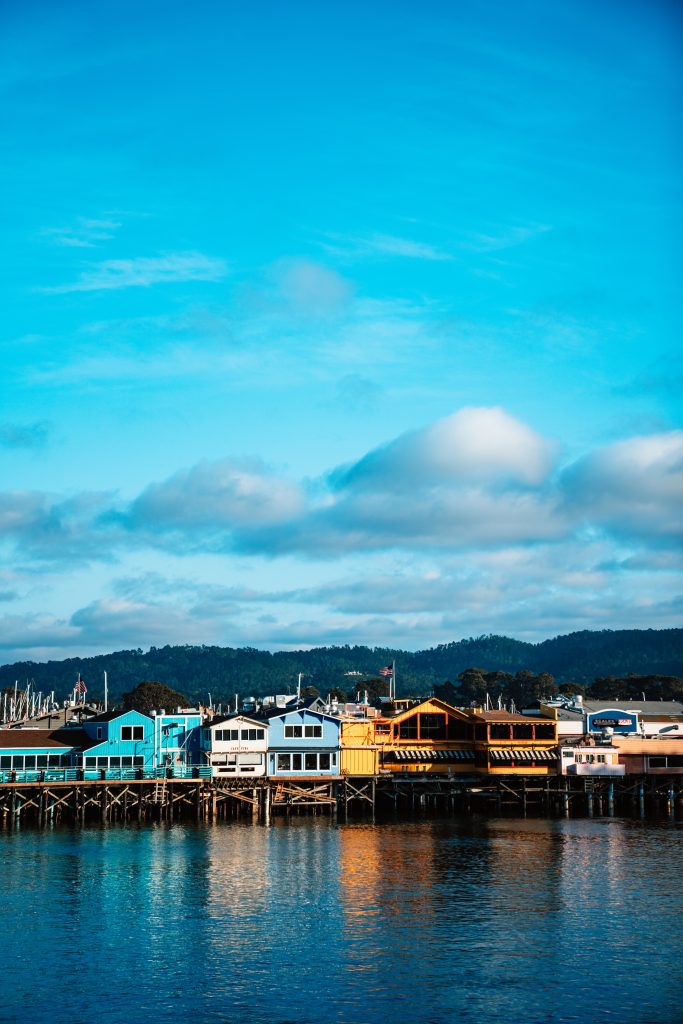


You must be logged in to post a comment.